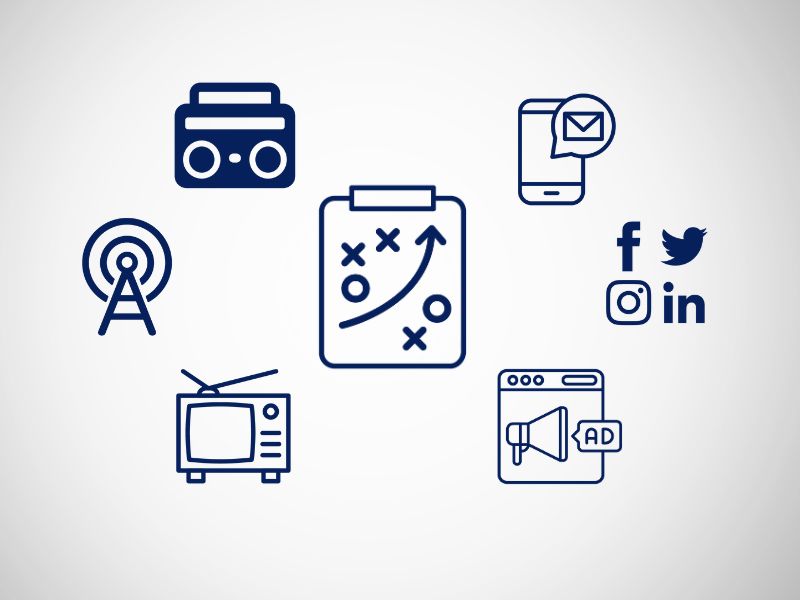
The Beauty of Branded Entertainment

Brands have personalities. Like the friends you choose, you want to hang out with brands that are fun and share similar interests. You want to spend time with them and, more importantly, share them with other friends.
That’s why branded entertainment is booming. It’s a way for brands to build stronger relationships with their customers. The bonds of friendship are much deeper than a typical buyer/seller relationship.
The strategy is not new. It dates back to the early days of radio when brands would sponsor serial dramas, followed by P&G’s soap operas on TV in the 50’s & 60’s. But the way brands employ the strategy has become more sophisticated through the years. And today it has become a necessary and effective part of the marketing mix for most brands.
Branded entertainment comes in many forms. The LEGO® Movie is one of the more obvious types. It feels like entertainment but, in effect, it’s like watching a two-hour commercial for LEGO® products. Imagine how many people took their kids straight from the movie theater to the mall to buy their toys. Great for the kids, but it’s so in your face that some parents may be left with a negative impression of the brand.
Red Bull is another brand that has embraced branded entertainment in a big way. The brand’s lifestyle is high-energy, adrenaline junkies who love to watch and participate in extreme sports. So they created Red Bull TV, where fans of the brand can watch top athletes perform on demand. The brand presence is minimal – sometimes just a logo on a ramp or on a helmet. It’s never the focus. And the product isn’t even mentioned. Yet, the brand still gets credit for entertaining the customer and sharing a mutual interest.
These examples require a large investment in marketing dollars. But you don’t have to be a big brand with deep pockets to take advantage the benefits of branded entertainment.
Many brands are finding more organic (and far less costly) ways to entertain us with their branded content. A similar effect can be replicated on a much smaller scale on social media with branded story-telling videos, gamification (like crossword puzzles, seek and find, surveys), GIPHY stickers, Instagram wallpapers – even old school branded swag like t-shirts, flip flops and koozies. Things consumers WANT to own and share… not just because we want them to.
There’s a key difference between traditional content marketing and branded entertainment. Content marketing typically focuses on the product or service and its benefits. The intent is to push the USP or key features… you know, to SELL something. Branded content/entertainment tends to be more immersive and provides something of value to the consumer. Something that resonates at an emotional level. Something we call “emotional ROI.”
According to a recent study quoted in Ad Age, branded content makes people happy (62% more positive reaction), happy people remember your brand (67% found branded content more influential) and happy people who remember your brand will purchase (17% lift in “very likely” to buy featured brand). Those are pretty powerful reasons to entertain with branded content.
It’s a way for your brand to share what you’re all about – your lifestyle, ideals and values – so you can connect with consumers at a deeper level. Emotional connections like these will help to build brand loyalty over time.
Ultimately, the strategic content approach of branded entertainment should be used to complement your other marketing/media efforts (which are still super important). It provides an opportunity to take the positive experience viewers have while consuming your content and connect those feelings to your brand. When they do, they’ll want to share that feeling with others. Because that’s what good friends do.



.jpg)
